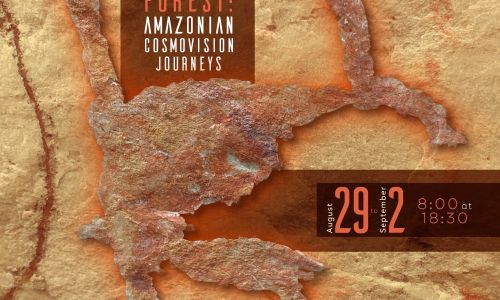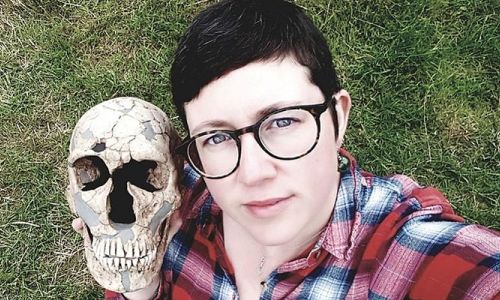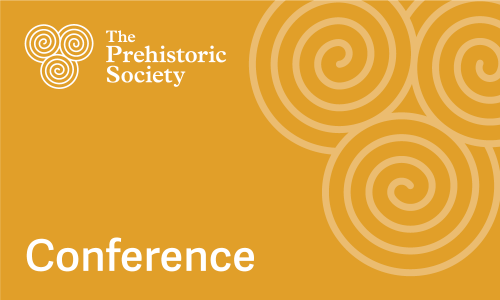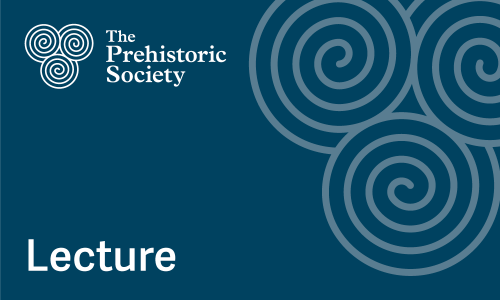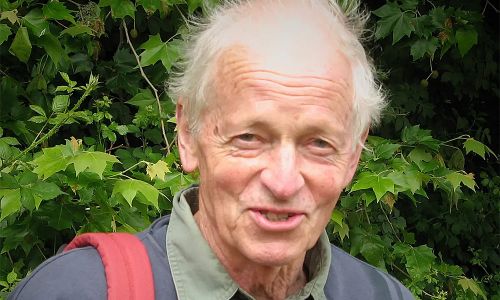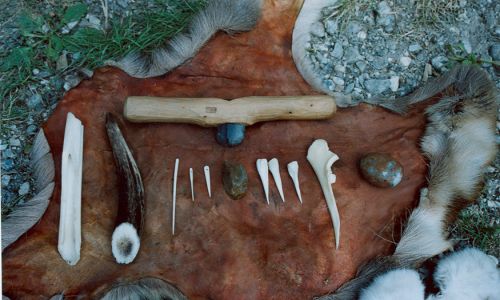See below for a list of past Prehistoric Society events.
Staging the World of Stonehenge: reflections on the British Museum exhibition
The Painted Forest: Amazonian cosmovision journeys in San José de Guaviare, Colombia
Non-Society event, supported by the Prehistoric Society.
Rock art offers a glimpse into the earliest artistic expressions of humans around the world. Art gives a voice to people, a voice that can endure over time. Around the world, the genesis of artistic expression is recorded in rock art, providing a gateway to how early humans sought to navigate and understand their place in the world. These images record the voices that shaped and influenced burgeoning cosmologies, social norms and relationships with nature, laying the cultural foundations for generations to come.
Kindred: Neanderthal Life, Love, Death and Art
The Neanderthals occupy a singularly seminal place within human origins, the first hominin to be discovered, the closest to us in evolutionary terms, and with the richest array of evidence to understand their lives. This lecture will explore how understanding of Neanderthals has evolved over more than 160 years
Joint meeting of Leicestershire Fieldworkers, Leicestershire Archaeological and Historical Society and the Prehistoric Society.
AGM & Europa Conference 2022: Sans frontières: mobility and networks in Neolithic Europe in honour of Prof Eszter Bánffy
The Prehistoric Society Europa Conference 2022 will be held at Bournemouth University, 17-19 June 2022, and will celebrate the achievements of Prof Eszter Bánffy, German Archaeological Institute, in the field of European Prehistory.
Hidden depths: revealing new insight into the archaeological human remains from the London reaches of the River Thames
This talk will explore how a large programme of research, which includes radiocarbon dating, osteological analysis, and stable isotope analysis, is providing insight into the human skeletal remains - many of Late Bronze Age or Iron Age date - recovered from the London reaches of the River Thames.
Pushing the Boundaries; new approaches in (studying) the prehistoric past: A day in honour of John Coles
This event will be a one-off in celebration of the achievements and legacy of one of Britain’s most influential archaeologists, Professor John Coles, who was sadly lost to us in 2020. It will be organised around four themes that were dear to his heart: Heritage Management, Wetland Archaeology, Experimental Archaeology and Rock Art.
Cotswold-Severn long barrows in the light of recent work
This lecture looks at the history of study and widely held understandings of this fascinating group of monuments in the light of on-going excavations at the Sisters Long Barrow near Cirencester.
Connecting tools and materials in the Dutch Late Neolithic through use-wear analysis and experiments
Archaeological artefacts are frequently studied in isolation and not as part of a toolkit. This lecture will show how a combination of use-wear analysis and experimental archaeology reveals the interconnectivities between different tools and activities, showing details about past human life that otherwise remain hidden.
Piece Offerings: the Destruction and Deposition of Metalwork in Bronze Age Britain
The destruction and deposition of Bronze Age metalwork took many forms. Weapons were decommissioned and thrown into rivers; axes were fragmented and piled in hoards; and ornaments were crushed, contorted and placed in certain landscapes. But what did these practices mean to the people involved?
An Alternative to Agriculture: Mobility and Persistence in Northern New Mexico
The Taos Plateau in Northern New Mexico is an expansive landscape that contains a rich material archive of 10,000 years of human use. As discussed by archaeologist Sarah Schlanger, the sustained use of particular places is often a result of their unique ecological characteristics as well as their history of prior use. Rather than a cycle of intensive occupation followed by dispersion and migration, human engagements with the Plateau landscape are perhaps better understood as a series of visitations, which vary in duration and frequency over time in response to changing ecological, economic, and social conditions. In this talk, I will discuss how human mobility systems shaped and were shaped by different features of the Plateau landscape, including playas, mountains, and the Rio Grande Gorge itself. Throughout this discussion, I will draw on an Indigenizing approach centered on persistence in order to challenge archaeological modes of inquiry that focus on why people, practices, and places change.
Image caption/credit: Twentieth-Century Stone Fireplace at Cerro de la Olla, Taos Plateau, New Mexico. © Lindsay M. Montgomery.

